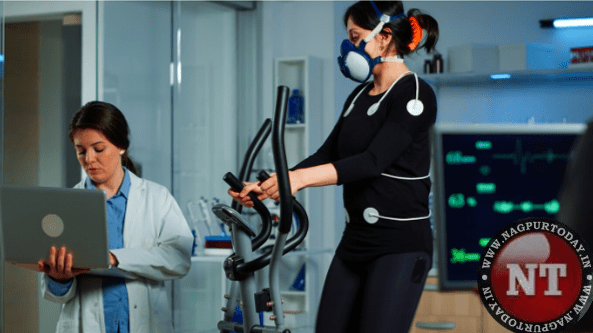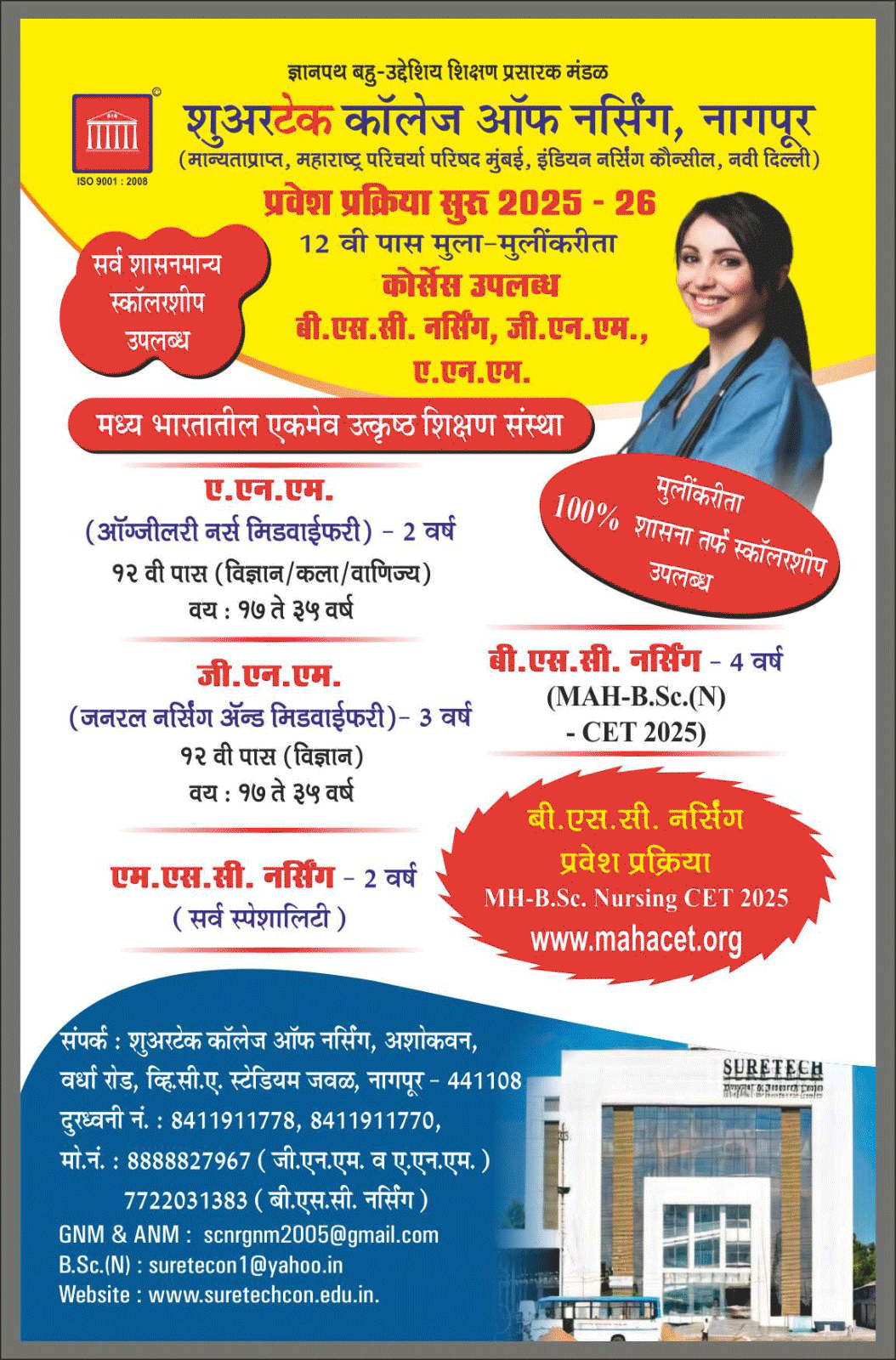Aerobic training, which involves exposing the athletes to low oxygen levels, will change the face of basketball players’ fitness. This is done through an oxygen tent, where players mimic high altitude to force their bodies to respond to improved levels. It improves and strengthens stamina, speeds up recovery time, and strengthens one physically. In hypoxia training, athletes open new capacities for performance.
What is Hypoxia Training?
Hypoxia training is a method of preparing the body for work under conditions of oxygen deficiency. When players exercise in hypobaric chambers, the organism gets used to the lack of oxygen, enhancing red blood cell formation. This approach mainly benefits athletes, including basketball players, who want to improve their stamina and strength. By training under these conditions, athletes can gain a competitive edge and increase their overall performance levels, which can be crucial for success in platforms like Melget. The body adapts to operate on a lower oxygen level, resulting in enhanced ability and endurance in the lungs. Hypoxia training aims to address the environmental conditions characteristic of mountainous regions; however, the concept is practiced under controlled circumstances and thus can be performed frequently and safely.
 Benefits of Hypoxia Training for Basketball Players
Benefits of Hypoxia Training for Basketball Players
It has been found that hypoxia training holds several benefits for basketball players, which improves their performance in and outside the basketball court. Here’s how it helps:
- Boosted endurance: Athletes could sustain high-performance levels because their lungs can process more oxygen.
- Improved recovery: Hypoxia training minimizes muscle fatigue; thus, you can bounce back faster after games.
- Enhanced agility: Oxygen chambers improve speed, reflex responses, and critical basketball movements.
In addition, the players enhance their general cardiovascular fitness, which is fundamental to the game’s rigors.
Oxygen Chambers as a Hypoxia Training Tool
They make hypoxia training accessible to athletes anytime, anywhere. This setup is particularly appealing for those seeking a competitive edge, as platforms like Mel Get recognize the benefits of such advanced training methods. Creating conditions close to real-life high-altitude training increases fitness and endurance safely and effectively.
Physiological Adaptations
In hypoxic situations, many significant changes are necessary in the body. When oxygen levels are low, less oxygen is moved in the body by forming more Red Blood Cells. This, in turn, increases an athlete’s endurance as it increases the oxygen-carrying capacity of the blood and its utilization.
In addition, oxygen chambers assist in enhancing the player’s overall heart efficiency. Under these circumstances, the heart works more efficiently, strengthening the cardiovascular system. These adaptations enable basketball players to engage in high-energy activities for additional time, thus resulting in improved muscular strength and endurance for durable games.
Enhanced Performance Metrics
Training in oxygen chambers also directly affects performance indicators, including VO2 max-aerobic fitness. During hypoxia training, players report a significant increase in their VO2 max, which means even more incredible power staking during intense matches.
Another area where the players notice an improvement is agility and speed. Lower oxygen levels make it difficult for the body to replenish energy quickly in the space between sprints, preparing muscles to be more alert and decisive. This leads to quicker reflexes and improved coordination, critical components for basketball success.
 Hypoxia Training Frequency and Duration
Hypoxia Training Frequency and Duration
For athletes to fully harness the benefits of hypoxic training, they require consistency in the effort. The key is proper scheduling and intensity to avoid burnout while achieving the most results. Many programs suggest that a child should spend a limited amount of time on the computer at a time but frequently. Here’s how it typically breaks down:
- Frequency: Athletes can be trained to adapt without overtraining, which can be done well in 2-3 weekly training sessions.
- Session Length: The typical session is 30–60 minutes long, sufficient to elicit adaptation.
- Recovery Time: This allows at least 24 hours between sessions to accommodate the stresses placed on muscles by the previous exercise.
These guidelines help players develop progressively their staying power without getting tired or pulled out by injuries.
Safety Considerations for Hypoxia Training
Exercising under low oxygen levels is not without its dangers. Supervision enables athletes to go to the line but not cross it to avoid the risk of severe injury. Fatigue is one of the first signs, so hypoxia training must be taken carefully. Cooperation with professionals should be established because experts can put together the training to match the athlete’s possible weaknesses and endurance level.
If not well managed, oxygen deprivation can cause symptoms such as dizziness or shortness of breath. Thus, monitoring the critical parameters or values and keeping proper oxygen levels in the chambers is essential. The protocols outlined above can be followed to ensure athletes benefit from the exercises without paying the ultimate price.
Final Thoughts
Hypoxia training is an excellent tool for basketball players who seek to improve their fitness levels. Properly, it improves stamina, coordination, and the rate of healing from injuries. The rewards are clear: support, higher productivity, increased endurance, and a better chance of winning.




 Hypoxia Training Frequency and Duration
Hypoxia Training Frequency and Duration









